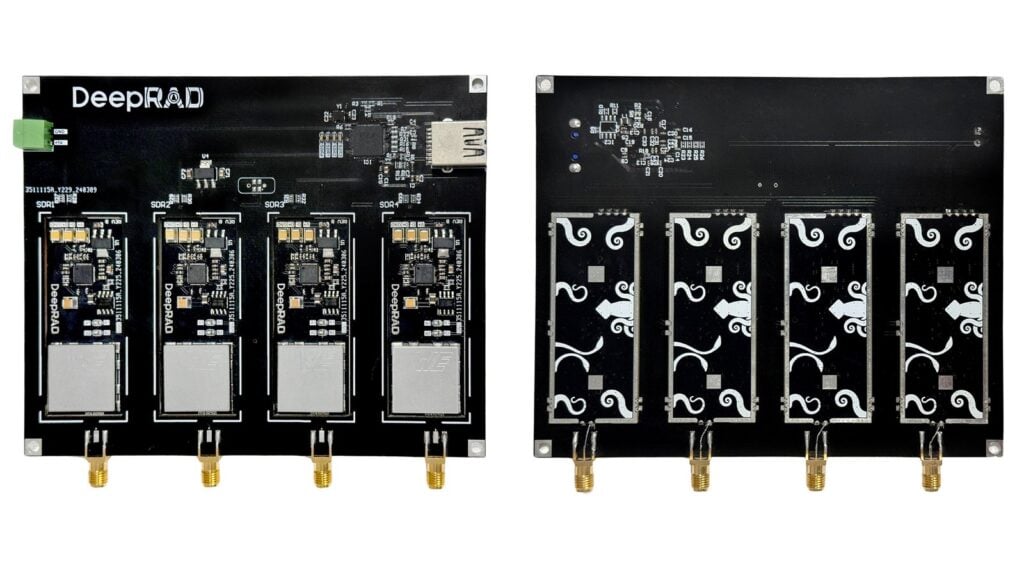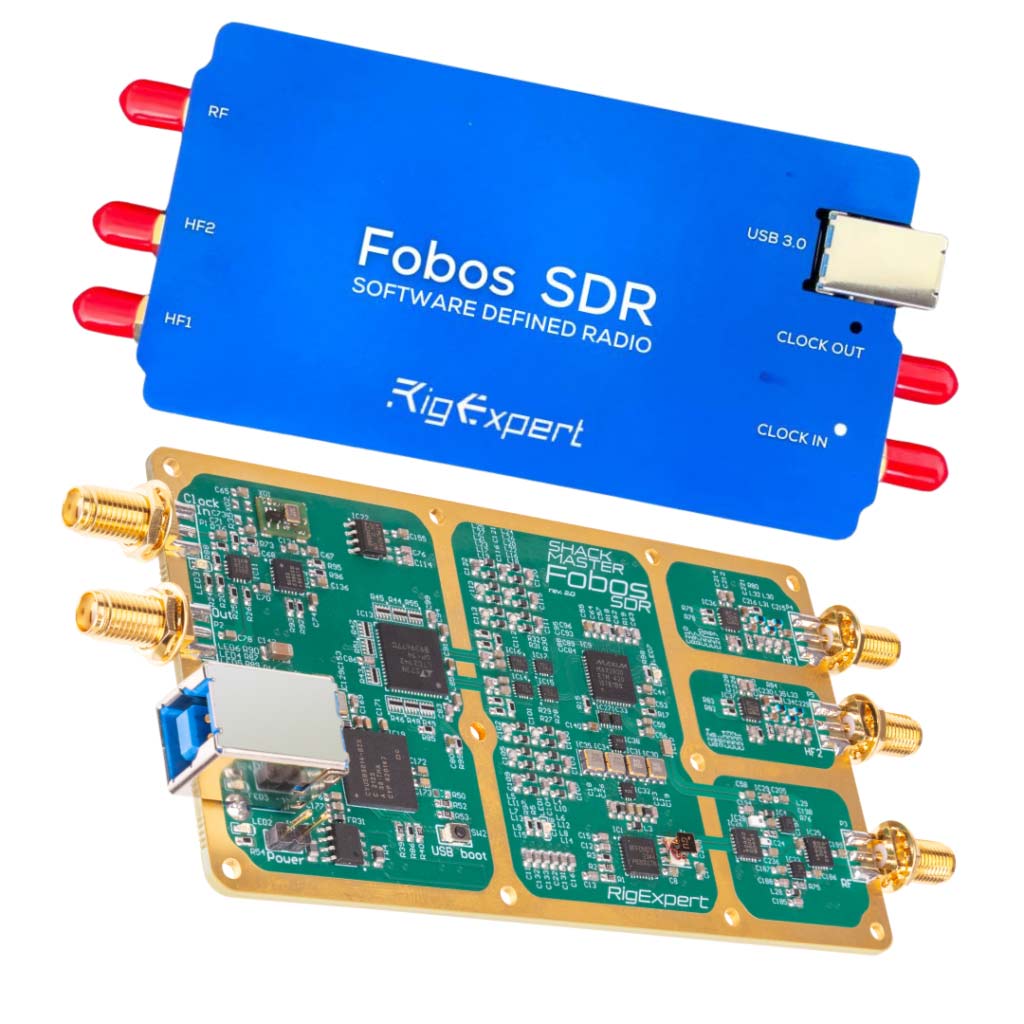Scott Manley Explains GPS Jamming & Spoofing and Why & Who is Causing It
In recent years GPS spoofing and jamming have become quite commonplace. Recently popular YouTuber Scott Manley uploaded a video explaining exactly what GPS spoofing and jamming is and explains a bit about who is doing it and why.
In the video Scott explains how aircraft now routinely use GPS as a dominant navigational sensor and how some commercial flights have been suspended due to GPS jamming. Scott explains how ADS-B data can be used to determine the source of GPS jamming (via gpsjam.org) and shows hotspots stemming from Russia. He goes on to show how drone shows have also failed in China either due to GPS jamming by rival companies or due to Chinese military warship jamming. Scott then explains a bit about GPS and how jamming and spoofing work.



